In college basketball, fouls play a critical role in the game’s strategy and outcome. A player is allowed up to five fouls before being disqualified or “fouling out” of the game, a rule differing from the NBA where six fouls are permitted. Fouls in basketball are generally defined as infractions more serious than violations, most commonly occurring due to illegal personal contact with an opponent. These include personal fouls, which involve impeding an opposing player’s gameplay, and technical fouls, which count towards a player’s disqualification as well. The NBA and college basketball also differ in how team fouls are tallied and penalized.
Understanding the Basics
What is a Foul?
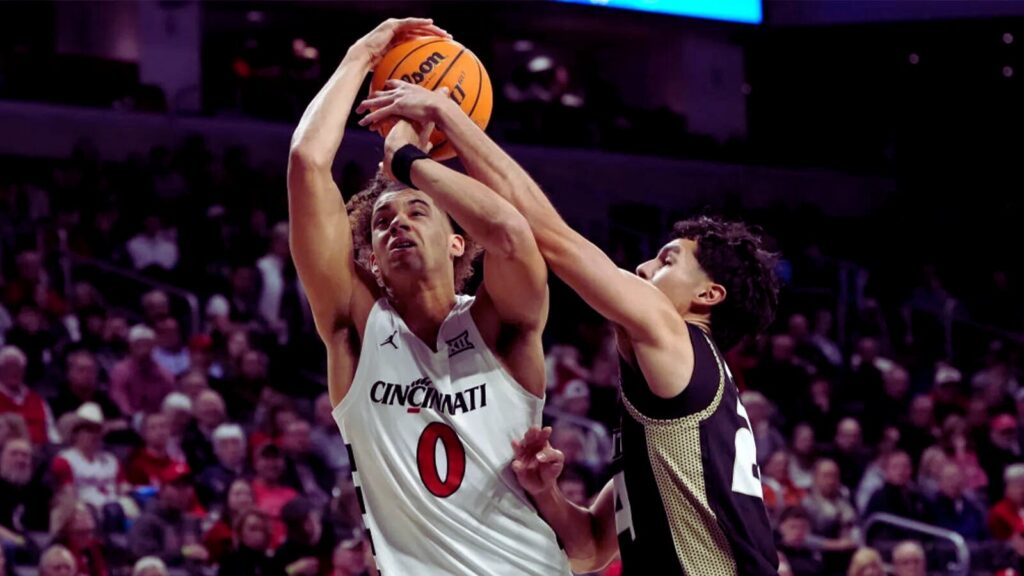
A foul in sports refers to an action by a player which violates the rules of the game, often resulting in a penalty. These infractions are more serious than minor violations and typically involve illegal personal contact or unsportsmanlike behavior. The term “foul” has various applications across different sports, but it commonly indicates actions that are considered unfair or prohibited by the rules. Fouls can affect the body, psyche, or social relationships within the context of the game, reflecting behaviors that are inconsistent with the spirit of fairness and competition. Additionally, fouls are often viewed as a form of violence within sports, as they go against the principles of fair play and can negatively impact the integrity of the sport.
Types of Fouls in College Basketball
Personal Fouls
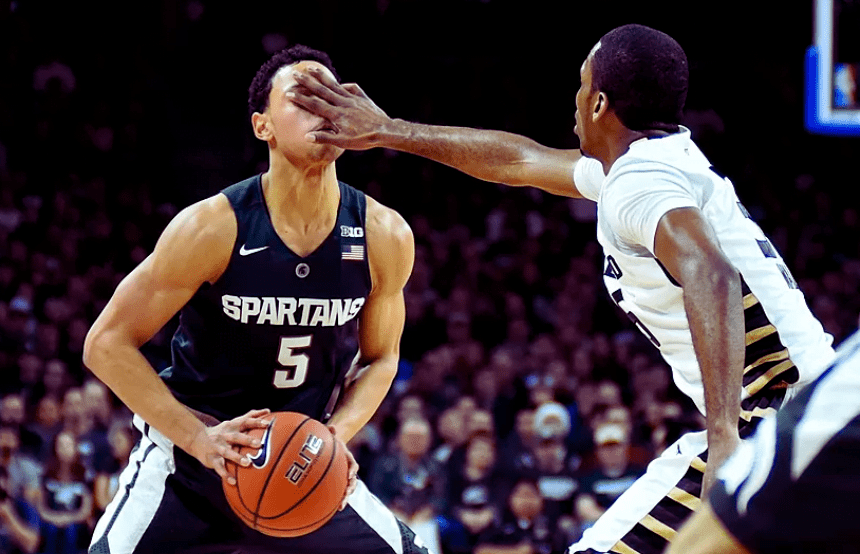
Technical fouls in basketball are penalties for infractions of the game rules that do not involve physical contact during the play of the game. They can be assessed against players or coaches for various reasons, including unsportsmanlike conduct, arguing with referees, or committing administrative violations such as having too many players on the court. Unlike personal fouls, technical fouls do not directly result from the physical play of basketball but rather from the behavior and actions that violate the sport’s conduct standards.
In high school basketball, a technical foul results in two free throws for the opposing team and possession of the ball. If a player or coach receives two technical fouls in a game, they are ejected. In college basketball, a technical foul also counts as a personal foul toward a player’s limit for the game.
It’s noteworthy that once a game is over or a player has been ejected, no further technical fouls can be assessed regardless of subsequent conduct. However, any further unsportsmanlike actions are reported to the league office.
Technical Fouls
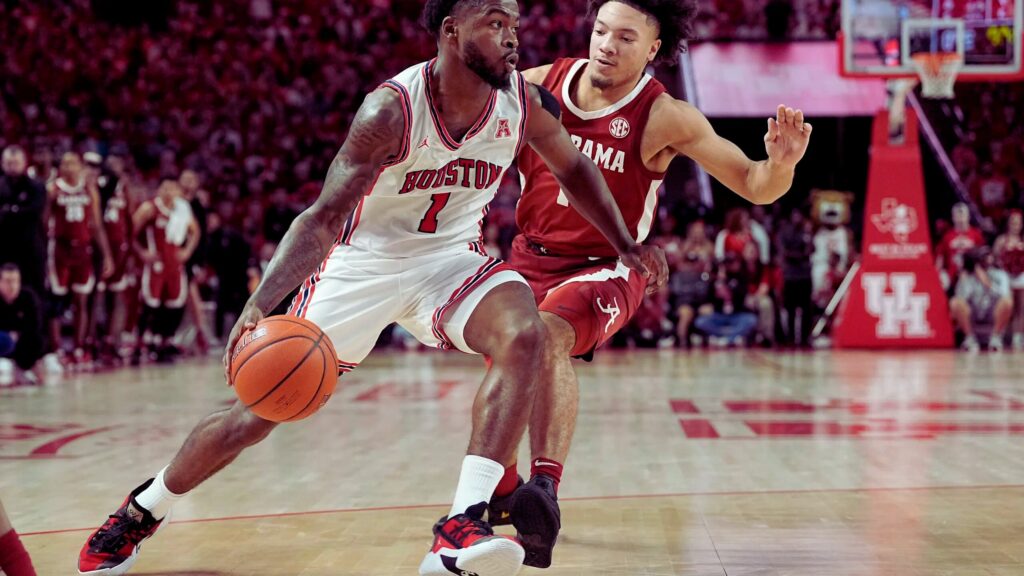
Technical fouls in basketball are penalties for non-physical violations that pertain to unsporting behavior or breaches of the game’s administrative rules. These can be issued for a variety of reasons, such as unsporting conduct, illegal uniforms, improper roster submissions, and other administrative infractions not directly related to the physical play of the game. Technical fouls are notable for a few key aspects:
- They can be assessed by players, coaches, or even the team as a whole for behaviors or actions deemed unsporting or outside the regulations of the game.
- Technical fouls result in free throws for the opposing team and can sometimes lead to possession of the ball after the free throws are taken.
- While technical fouls for unsporting conduct are common, they can also be issued for other reasons such as illegal uniforms or issues with roster submissions.
Technical fouls serve as a crucial tool for officials to maintain decorum, ensure fair play, and uphold the administrative rules of basketball.
Flagrant Fouls
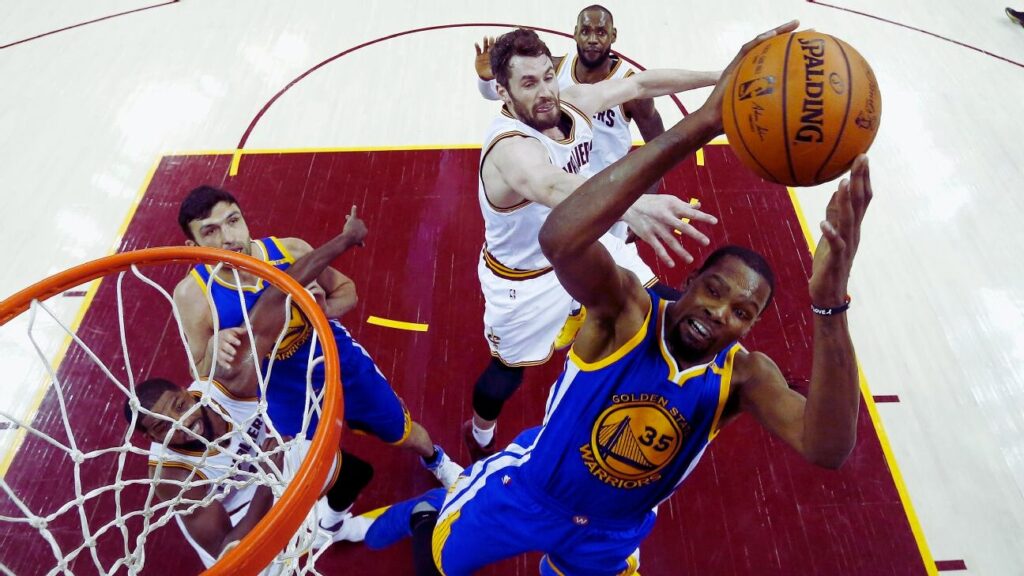
In basketball, flagrant fouls are serious personal fouls involving excessive or violent contact that could potentially injure the fouled player. There are two types of flagrant fouls, each with distinct consequences:
- Flagrant 1: This is considered excessive in nature or unnecessary but not with the extreme intent to injure. The consequences typically include two free throws for the fouled player and possession of the ball.
- Flagrant 2: This type of foul is more severe, indicating a high degree of violence or intent to injure. It results in the ejection of the player who committed the foul, alongside two free throws and ball possession for the opposing team.
Intent can be a factor in determining the severity of the flagrant foul, although a foul can be considered flagrant with or without explicit intent to injure.
The Impact of Fouls
On the Game
Fouls in basketball, particularly in the NBA and college basketball, significantly impact player performance and, by extension, game outcomes. Studies have shown that technical fouls can adversely affect the fouling team’s performance, potentially swinging the momentum toward the opposing team. Furthermore, the accumulation of fouls on key players can lead to reduced playing time due to foul trouble, impacting teams’ strategies and on-court dynamics.
Player performance metrics, like shooting efficiency, can also decline as players accrue fouls, which may affect their aggression and style of play, trying to avoid fouling out. The rule committees have debated adjusting foul rules to mitigate such effects, highlighting the significant impact fouls have on the integrity of the game.
Moreover, the relationship between player rotation, on-court performance, and game outcomes is nuanced, with strategies to minimize fouls leading to better defensive ratings and potentially more wins. Lastly, there is evidence suggesting an increased likelihood of foul calls against the team with fewer fouls, indicating a bias that could influence game dynamics.
On Player Performance and Strategy
Fouls significantly affect player performance and game strategy in basketball. Foul trouble can force a coach to bench a key player, potentially altering the outcome of a match. Technical fouls not only impact the immediate flow of the game but have temporal effects on both the fouling and opposing teams, influencing the game’s momentum and psychological aspects.
Player behavior changes with the accumulation of fouls. For instance, a player’s efficiency, like True Shooting Percentage (TS%), might decrease as they try to play more cautiously to avoid fouling out. Coaches also adjust their strategies, sometimes employing psychological tactics with referees or adjusting their lineup and defensive strategies to manage players in foul trouble.
Moreover, the effect of technical fouls can lead to a higher foul count against the team that committed the initial fouls, potentially due to a psychological bias or an effort by referees to balance the game.
Foul Limits
Personal Foul Limit in College Basketball
In college basketball, players are allowed up to five fouls per game. Once a player commits their fifth foul, they are disqualified or “fouled out” of the game. This rule applies to both NCAA college basketball and most high school leagues. Personal fouls include common fouls which cover a range of physical contacts and infractions. Technical fouls, which can be called on players or coaches for non-physical violations, also count towards a player’s total foul count.
Technical and Flagrant Foul Consequences
In basketball, the consequences for technical and flagrant fouls differ significantly in their severity and impact on the game:
- Technical Fouls: Result in one free throw for the opposing team, with the game resuming from the point of interruption. A player, coach, or team bench person can receive a maximum of two technical fouls for unsportsmanlike acts before being ejected from the game.
- Flagrant Fouls: Classified into Flagrant 1 and Flagrant 2. A Flagrant 1 foul is serious but considered less extreme, whereas a Flagrant 2 foul is much more severe. For a Flagrant 2, the fouled player receives two free throws, and their team gets possession of the ball. The player committing a Flagrant 2 foul may also be ejected from the game.
The NBA has a structured system of fines and suspensions for accumulating technical fouls during the regular season or playoffs, emphasizing the seriousness of these violations.
Fouls and Free Throws
Understanding the Free Throw Rule
Free throws are awarded in basketball under specific conditions, influenced by the type of foul committed and the game’s context. Here’s a concise explanation:
- Awarding Free Throws: When a player is fouled in the act of shooting or if the opposing team has accumulated a certain number of team fouls, free throws are awarded. The location of the foul (inside or outside the three-point line) can determine the number of free throws awarded.
- One-and-One Rule (NCAA Men’s Basketball): Starting with the seventh team foul of the half, one free throw is awarded. If the first shot is made, the player is awarded a second free throw. This continues until the team’s 10th foul, after which two free throws are automatically awarded.
- High School Basketball: A recent rule change specifies that teams will shoot two free throws on non-shooting fouls after the fifth foul in a quarter, with the foul count resetting each quarter.
The process of taking a free throw involves an official handing the ball to the player at the free-throw line, and the player must shoot without stepping over this line until the ball hits the rim.
Bonus and Double Bonus Situations
In NCAA college basketball, the terms “bonus” and “double bonus” refer to free throw opportunities awarded to teams based on the number of team fouls committed by the opposing team within a half.
- Bonus: The bonus situation is triggered when a team commits its seventh, eighth, or ninth team foul of the half. Initially, this would result in a one-and-one free throw opportunity, where if the player makes the first free throw, they are awarded a second attempt. However, as of the 2023-2024 season, the one-and-one rule was eliminated, and teams are awarded two free throws starting with the seventh team foul.
- Double Bonus: The double bonus comes into effect starting with the tenth team foul of the half. In this situation, the fouled player is awarded two free throws regardless of the outcome of the first shot.
This rule encourages fair play and penalizes teams for excessive fouling by providing their opponents with opportunities to score from the free-throw line without the clock running.
Differences Between College Basketball and the NBA
Fouls Rule Differences
The rules regarding fouls in college basketball (NCAA) and the NBA differ significantly in several key areas:
- Player Fouls: In the NCAA, a player is disqualified after five personal fouls, whereas in the NBA, players exit the game after six personal fouls or two technical fouls.
- Team Fouls and Free Throws: In NCAA games, after a team accumulates seven fouls in a half, the opposing team is awarded a one-and-one free throw opportunity (the second free throw is granted only if the first is made). After ten team fouls, the opposing team gets two free throws. In contrast, in the NBA, the opposing team is awarded two free throws after the fourth team’s foul in a quarter.
- Technical Fouls: For technical fouls, the NCAA awards the opposing team two free throws and possession of the ball. The NBA, on the other hand, awards one free throw to the opposing team for a technical foul.
Impact on Game Strategy
The key differences between college basketball (NCAA) and the NBA significantly impact game strategies:
- Game Duration and Format: College games consist of two 20-minute halves, while the NBA plays four 12-minute quarters. This difference affects pacing, stamina management, and substitution strategies, as NCAA games have fewer but longer periods.
- Style of Play: NCAA basketball emphasizes a team-oriented approach, with various offensive and defensive systems tailored to the generally lower player talent compared to the NBA. In contrast, the NBA highlights individual star players and their abilities, influencing strategies around key player matchups and isolation plays.
- Rule Differences: Various rule differences, such as the shot clock duration and the 3-point line distance, force teams in both leagues to adapt their strategies. For example, a shorter shot clock in the NBA encourages faster play and quicker scoring attempts, while the longer distance for 3-pointers in the NCAA might affect shooting strategies.
How to Reduce Fouls in Your Game
Tips for Players
To reduce fouls in your game, consider these strategies:
- Stay Aware of Foul Count: Being cognizant of your personal and team foul count can help you adjust your play style as needed to avoid unnecessary fouls.
- Understand the Rules: Familiarizing yourself with common basketball fouls and violations ensures you play safely, fairly, and fun, minimizing the chance of committing fouls.
- Expect Bad Calls: Acknowledge that not every call will go your way. This includes understanding you might get penalized with a foul you don’t agree with. Keeping your cool and playing smart after such calls is key.
- Adjust Your Tendencies: Modifying your play style, like being cautious with steal attempts or physical defense, can reduce personal fouls. This adjustment doesn’t mean playing less aggressively but rather more intelligently.
- Educational Resources: Watching tutorials or attending workshops on preventing foul trouble can offer new insights and techniques for playing a cleaner game.
- Practice Good Sportsmanship: Adhering to fair play and sportsmanship not only reduces fouls but also improves the game experience for everyone involved.
Conclusion
Fouls in college basketball are more than just interruptions to the game; they’re a fundamental aspect that requires strategic understanding and discipline. Whether you’re a player aiming to reduce your foul count or a fan looking to better understand the game, knowing the ins and outs of basketball fouls can enhance your appreciation for this dynamic sport.
Read also: What is UFL Football?
FAQs
Q. How many personal fouls does it take to foul out in college basketball?
A player fouls out after committing five personal fouls.
Q. What’s the difference between a technical foul and a flagrant foul?
A technical foul is given for unsportsmanlike conduct or procedural violations, while a flagrant foul involves excessive or severe physical contact.
Q. Can a technical foul result in free throws?
Yes, technical fouls usually result in free throws for the opposing team and possession of the ball.
Q. What happens when a team reaches the bonus?
The team is awarded free throws for non-shooting personal fouls.
Q. How do NBA foul rules differ from college basketball?
The NBA allows six personal fouls before disqualification, among other differences in technical and flagrant foul regulations.
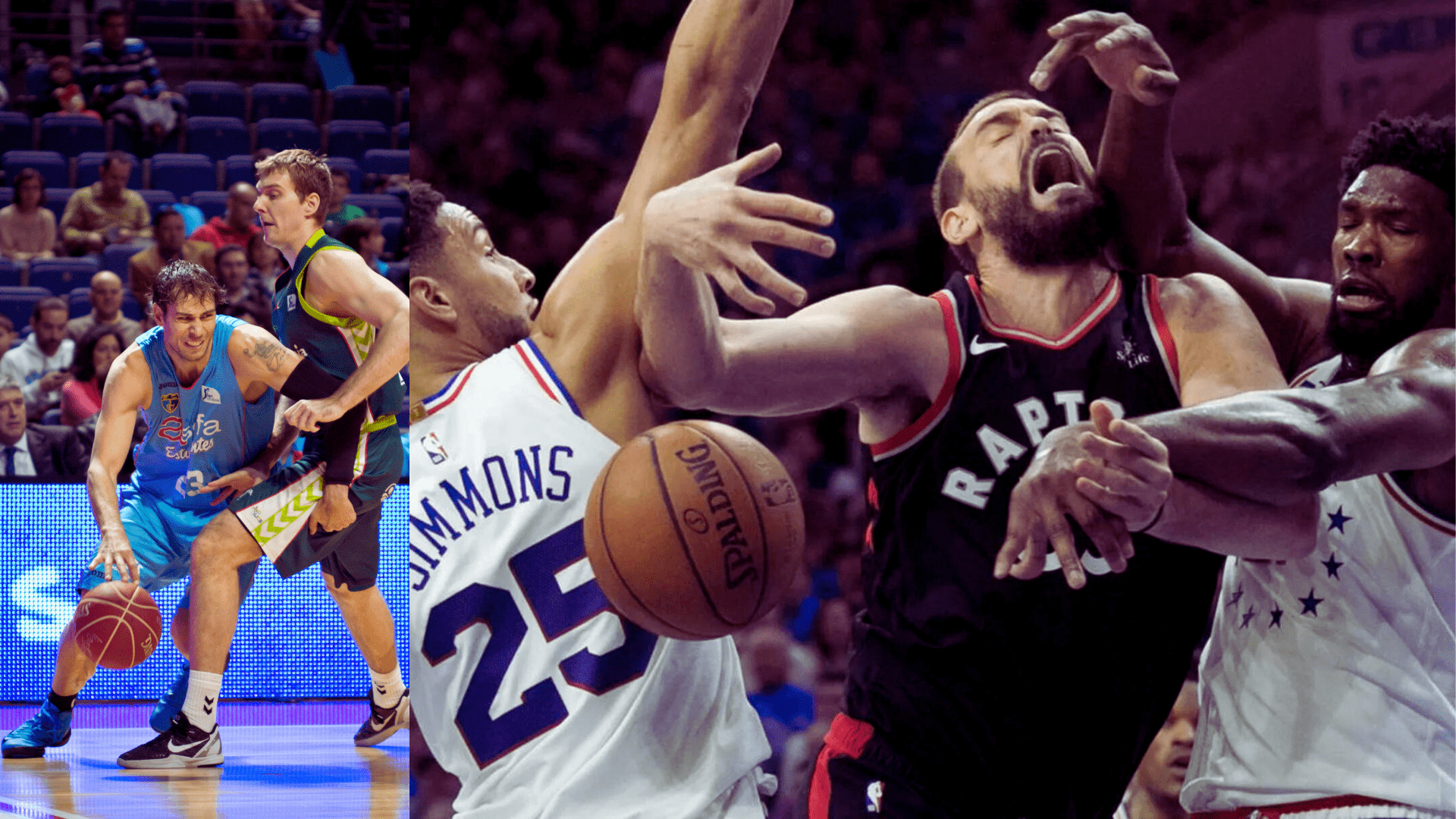




Thank you for your response! I’m grateful for your willingness to engage in discussions. If there’s anything specific you’d like to explore or if you have any questions, please feel free to share them. Whether it’s about emerging trends in technology, recent breakthroughs in science, intriguing literary analyses, or any other topic, I’m here to assist you. Just let me know how I can be of help, and I’ll do my best to provide valuable insights and information!